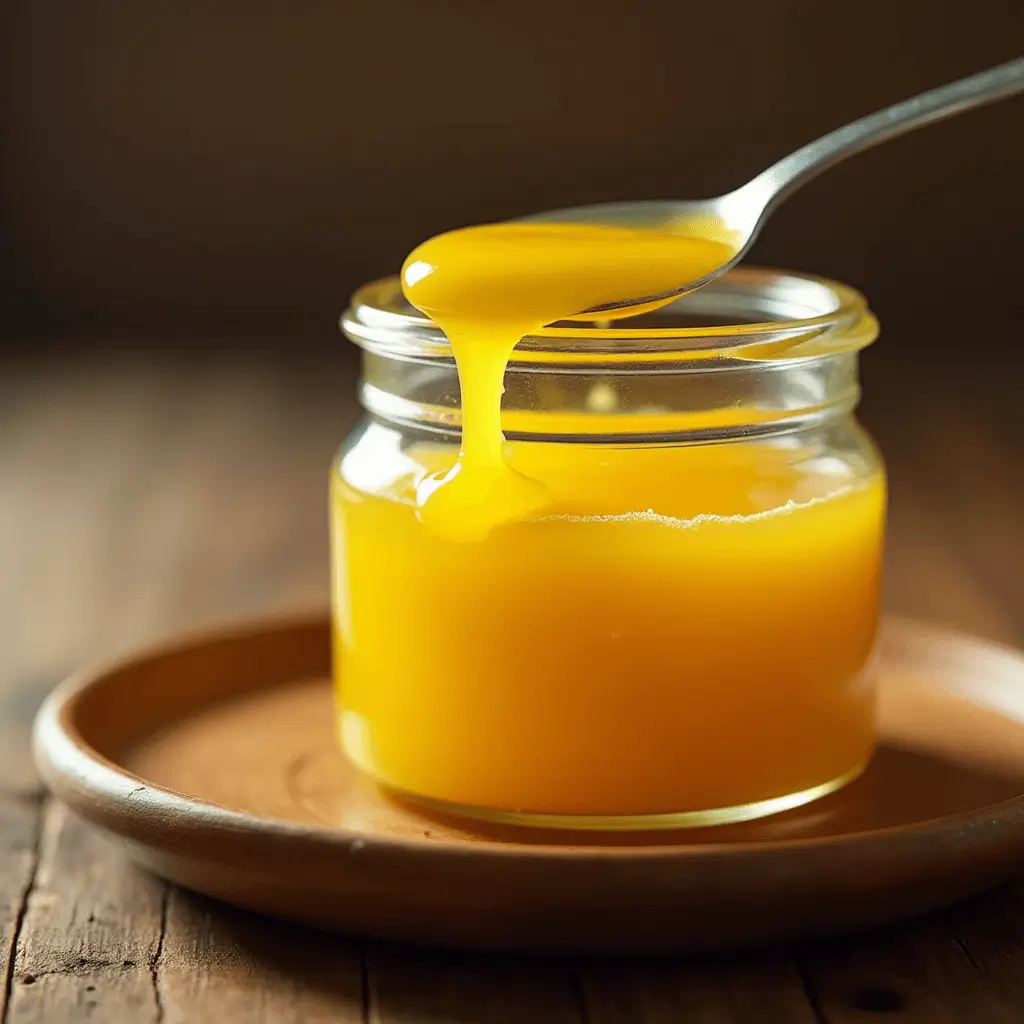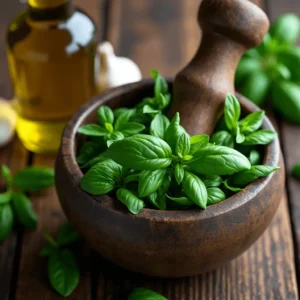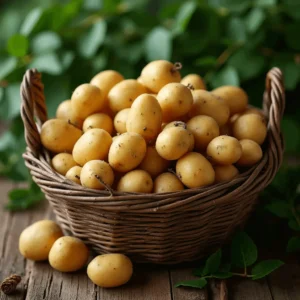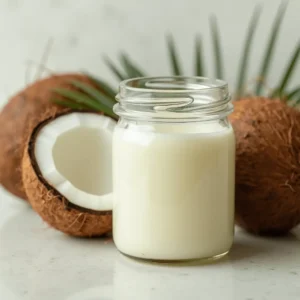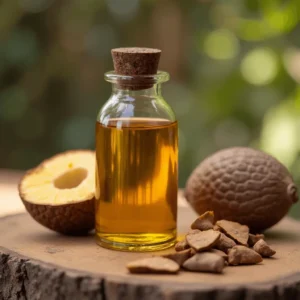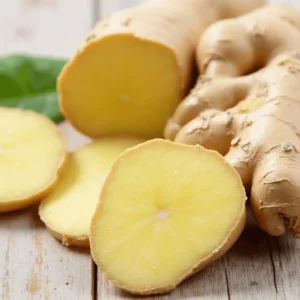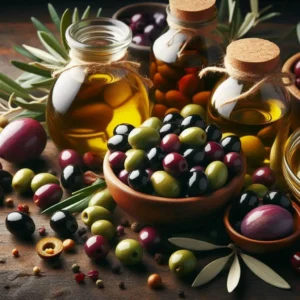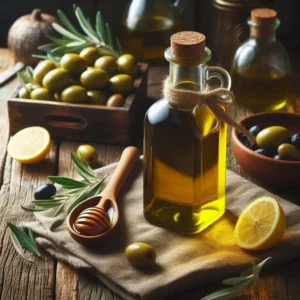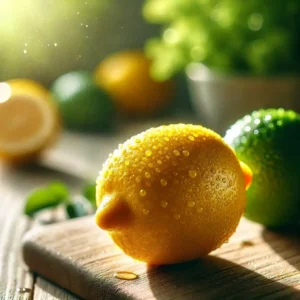What Is Ghee?
Ghee, often referred to as clarified butter, is a staple ingredient in Indian cooking and Ayurvedic traditions. Unlike regular butter, ghee is made by slowly simmering butter to remove water and milk solids, leaving behind a pure, golden fat with a rich, nutty flavor.
The Health Benefits of Ghee
- Packed with Essential Vitamins
Ghee is a powerhouse of fat-soluble vitamins like A, D, E, and K. These vitamins promote bone health, boost immunity, and improve skin and eye health. - Lactose-Free Alternative
During the clarification process, the milk solids and lactose are removed, making ghee suitable for those with lactose intolerance or dairy sensitivity. - Improves Digestion
Ghee contains butyrate, a short-chain fatty acid known to support gut health, reduce inflammation, and improve digestion. - Rich in Healthy Fats
The medium-chain triglycerides (MCTs) in ghee provide quick energy and support brain function, making it a favorite in ketogenic and low-carb diets. - Promotes Weight Loss
Unlike unhealthy trans fats, the fats in ghee can boost metabolism and help with weight management when consumed in moderation.
Why Use Ghee Instead of Butter?
- Higher Smoke Point: Ghee doesn’t burn easily, making it perfect for high-heat cooking like frying or sautéing.
- Longer Shelf Life: Ghee can be stored at room temperature for months without spoiling.
- Enhanced Flavor: Its nutty and aromatic taste elevates both savory and sweet dishes.
How to Incorporate Ghee Into Your Diet
- For Cooking: Use it to sauté vegetables, cook eggs, or as a base for curries.
- In Baking: Substitute ghee for butter in cakes, cookies, and pie crusts for a richer flavor.
- As a Finishing Touch: Drizzle warm ghee over rice, soups, or roasted vegetables.
- In Beverages: Blend a teaspoon of ghee into your morning coffee for a creamy, energy-boosting drink.
How to Make Ghee at Home
Making ghee is easier than you think! Here’s a simple recipe to try:
- Melt unsalted butter in a saucepan over low heat.
- Once melted, let it simmer. A foam will form on the surface—skim it off with a spoon.
- Continue simmering until the milk solids sink to the bottom and turn golden brown.
- Strain the liquid through a fine mesh sieve or cheesecloth.
- Store your ghee in a clean, airtight jar.
Pro Tip: Use grass-fed butter for the best flavor and nutritional value.
Ghee in Global Cuisines
While ghee is most famously used in Indian and Middle Eastern cooking, it has found its way into kitchens worldwide:
- In Italy: Ghee is a flavorful alternative to olive oil for frying.
- In France: Try it as a butter substitute in classic French sauces.
- In the U.S.: Ghee is a popular ingredient in health-conscious diets like keto and paleo.
The Versatility of Ghee in Desserts
Ghee isn’t just for savory dishes! Its rich, caramel-like taste works wonders in desserts:
- Cookies: Replace butter with ghee for a crisp yet melt-in-your-mouth texture.
- Halwa: This Indian dessert relies on ghee to achieve its signature silky consistency.
- Brownies: A touch of ghee enhances the chocolatey goodness of brownies.
Final Thoughts
Ghee is more than just a cooking fat—it’s a nutrient-rich, flavor-enhancing ingredient that has stood the test of time. Whether you’re looking to improve your gut health, explore global flavors, or elevate your culinary game, ghee is a must-have in every kitchen.
Try adding ghee to your favorite recipes today and taste the difference!



